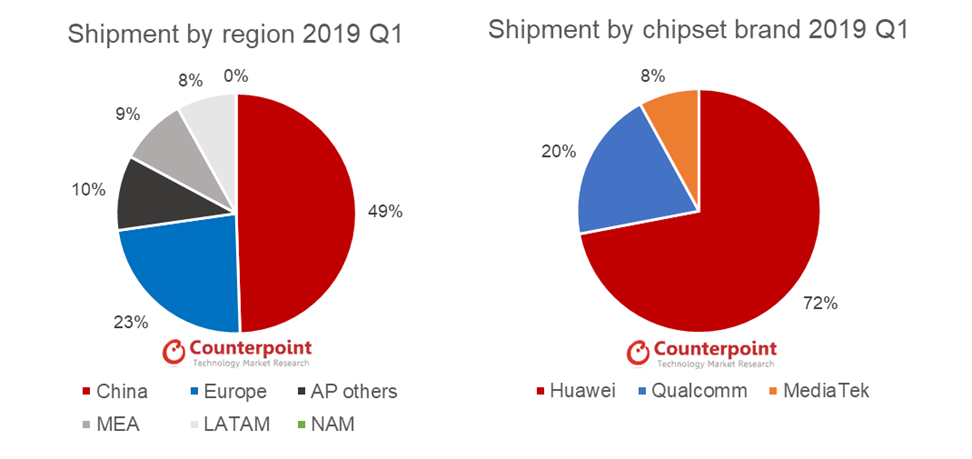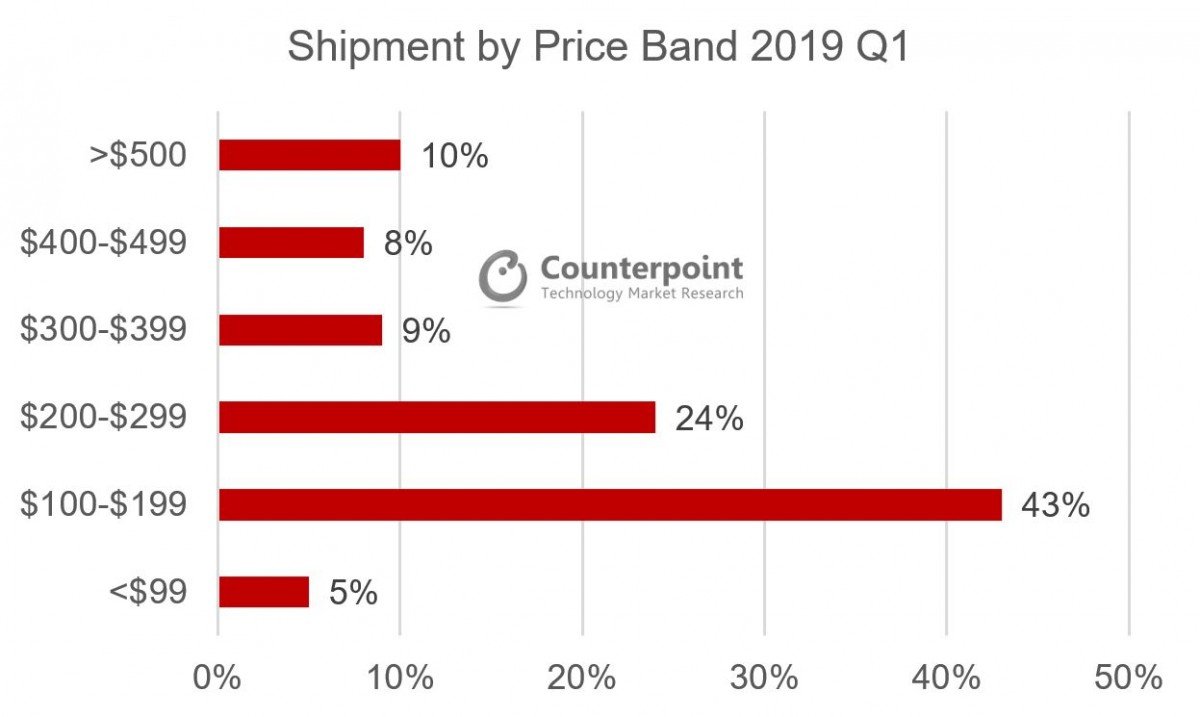The US trade ban on Huawei has come as expected. The US has put Huawei on the “Entity List”, which prohibits it from buying or selling anything from technology to components from US firms. The application is rather strict putting software and services from Google on the list as well as US technology used in ARM-based processors.
The escalating trade conflict between the US and China is not anywhere near any resolution. Of particular interest to the US are issues like a ban on hyper subsidies, an easing of local Chinese ownership rules, and forceful intellectual property/knowledge transfer in return for foreign companies gaining access to the Chinese market. The timing of the action on Huawei is likely not coincidental – it can be used as a lever to increase the pressure on the Chinese negotiating team as well as damage the company itself. We see a struggle for leadership in technology and global power at the core of this action.
The major damage to Huawei will be coming from the following four things in order of impact:
- ARM ceasing to cooperate: All of Huawei’s smartphones run on ARM architecture. The current chipsets already designed may not be affected, but the newer chipsets for late Q4 2019 will not be able to use ARM’s license. This will affect even smartphone sales in China.
- Restriction of Google Android software and services: Huawei will not be able to use Google’s GMS, the core suite of software Google provides. Huawei will have to use the open source AOSP instead. Huawei will lose access to Play Store and key Google apps like YouTube and Gmail. Users will have to sideload or look for alternative app stores. This is ok for China where GMS is in any case banned. The impact on emerging markets will vary. However, Europe, Japan, and Latin America will be heavily affected.
- RF components: Qorvo, Skyworks, and Broadcom RF components will be hard to replace for Huawei’s high-end LTE smartphones.
- Intel server chips: Again, Huawei relies on Intel for the cloud, enterprise and infrastructure servers.
With such a wide-ranging impact of the trade ban, how do we measure the damage and understand what will be the outcome? We do this by taking into account Huawei’s business in various aspects.
One will have to see the extent of exposure of Huawei’s business to overseas markets, the dependency of Huawei on US chipsets, and the price bands in which products are positioned.
The following charts will give you an initial idea.

First, we can see 49% of Huawei’s business comes from China, and 51% from overseas markets. Within the overseas markets, Europe accounts for 23%, and will probably be the most affected. HiSilicon, a subsidiary of Huawei, mostly makes the AP or SoC chipsets. Therefore, in the near term, a lack of AP components would not affect Huawei. But if ARM ceases to cooperate, there may be no future chipset designs.
Does this matter? The latest and best chipsets are important for flagship models. Therefore, we need to take a look at Huawei’s exposure in the mid-end and premium tier to understand the impact better.
 As we can see, the most significant price band for Huawei is still the US$100-US$199 price band. This is the wholesale price, which means the retail price would be somewhere between US$130-US$270. This is mainly the price band where HONOR branded products operate.
As we can see, the most significant price band for Huawei is still the US$100-US$199 price band. This is the wholesale price, which means the retail price would be somewhere between US$130-US$270. This is mainly the price band where HONOR branded products operate.
The critical price bands would be the ones above US$400. These price bands make up for 18% of Huawei’s smartphone shipments. However, these are the most profitable price bands, and declining sales here will cripple Huawei’s marketing capability and R&D investment budgets for the future.
Will Huawei make a deal with the US, or will China make a deal with the US for the sake of Huawei? If so, by when? Until then, how much revenue will Huawei lose? Will there be a hole in the industry, or will the gap be filled by someone else? If so, by whom?
There can be many possibilities, and the above data points will help you measure the impact to some extent. We’ve made our own estimates. If you are interested, please download our new report on this topic. It is free for existing clients and all industry colleagues in the high tech industry.![]()
(Registration required for first time users)

